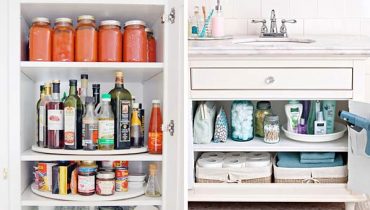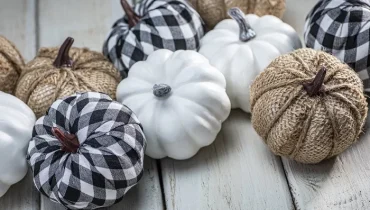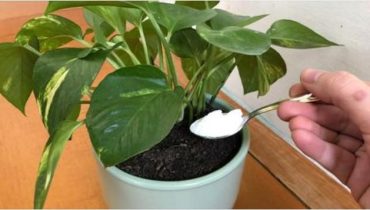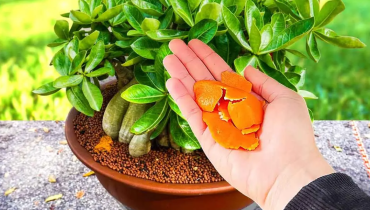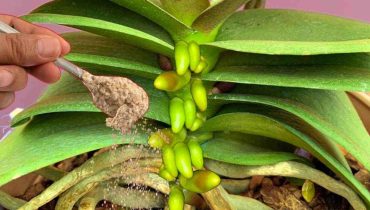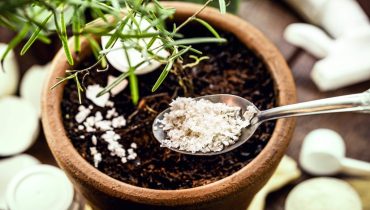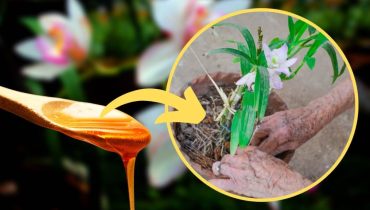Potted Sage: Breeding and Practical Advice
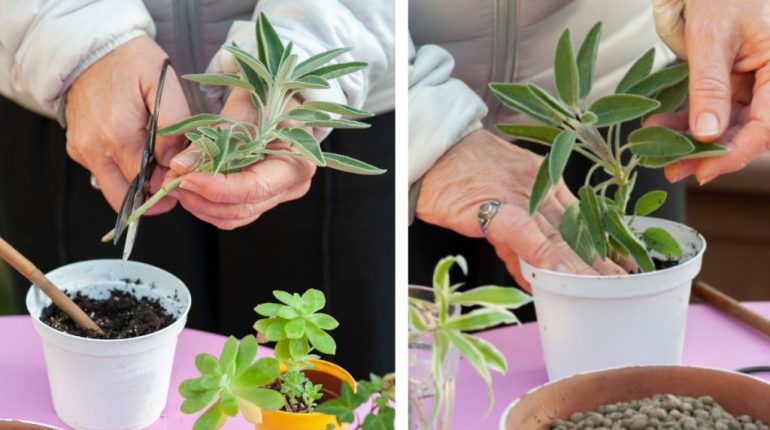
Posted October 18, 2023 by: Admin
Sage is an aromatic plant belonging to the Lamiaceae family. It is rich in beneficial substances for our body and perfect for flavoring food.
Cultivating sage on your own is not difficult. Just follow the right instructions and surround it with love and care for this new adventure.
Potted Sage: How to Reproduce It
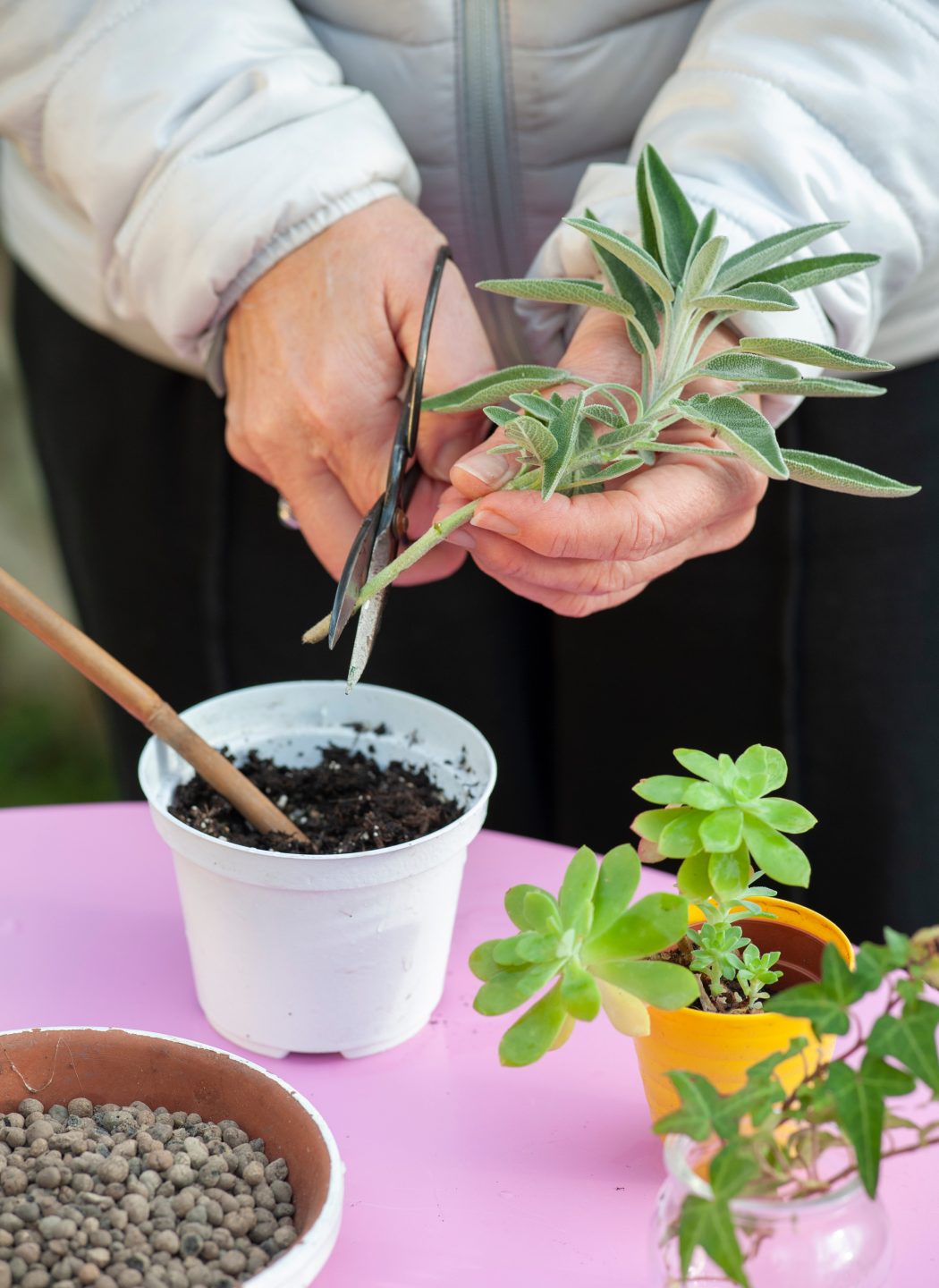
Let’s discover the essential steps to succeed in this project.
Seedlings can easily sprout from seeds, although the growth is slower this way. It’s a simple process: just fill a pot with soil, add plenty of seeds, and cover them with soil. Then, water, and that’s it. You can also choose to multiply it through cuttings or by using a simple sage sprig. The operation is straightforward: insert the cutting into the soil in the fall or spring without using root hormones, or add a bit of honey to the cutting before burying it.
What Do You Need to Grow Sage Seedlings?
After purchasing a sage plant, the first step is to transplant it into a pot. Choose a pot with a width and depth of about 30 to 40 centimeters to accommodate the long roots of the seedlings. Place the pot in a wind-protected, sunny spot, and avoid overwatering. In general, it’s best to renew sage every 3 to 4 years. In the fall, make sure to fertilize it and trim it only if it becomes too imposing.
Is It Possible to Grow Sage for an Entire Family?
In the first year, seedlings grow slowly, but you can already use their leaves to season your dishes. In the following spring, the plant will develop faster, and one plant may suffice for a family’s consumption.
How to Harvest and Preserve Sage?
Sage can be harvested year-round due to its persistent foliage. You can store the leaves in the refrigerator after wrapping them in a paper towel, placed in a plastic bag. If you moisten them with olive oil, you can keep them in the refrigerator for up to 3 weeks. Otherwise, use them within a week.
What Should You Watch Out For?
Protect your seedlings from cold and frost, especially during the first year. Cover the base with straw, pieces of wood, or bark, or bring them indoors. To prevent pests and rot, create natural fungicides using baking soda and water.
What Soil and Climate is Suitable for Sage?
Sage requires direct sunlight and thrives in a mild climate. Outdoors, avoid shaded areas. Indoors, place it on a balcony or windowsill, avoiding the north side. Sage withstands drought and moderate cold well. It prefers a limestone soil but can grow in different soil types. Avoid clayey soils and areas prone to water accumulation.
Now that you know all the secrets of sage, all that’s left is for you to get started. Good luck with your endeavor.




